Working Styles Evolve
Building healthier employment environments is a vitally important issue for working people of all generations. When we have more motivated workers, they are more productive in their work, leading ultimately to better lifestyles and a happier society overall. In this episode, we look at a range of ideas being implemented in various sectors and industries.
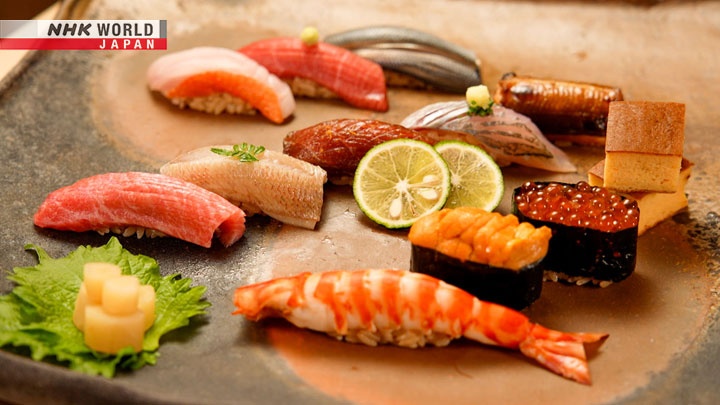
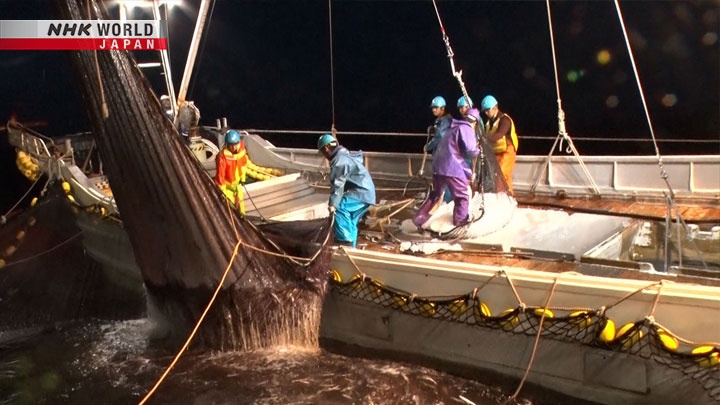
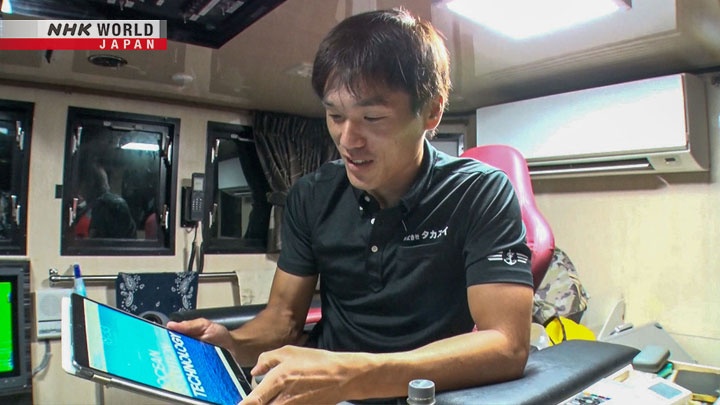
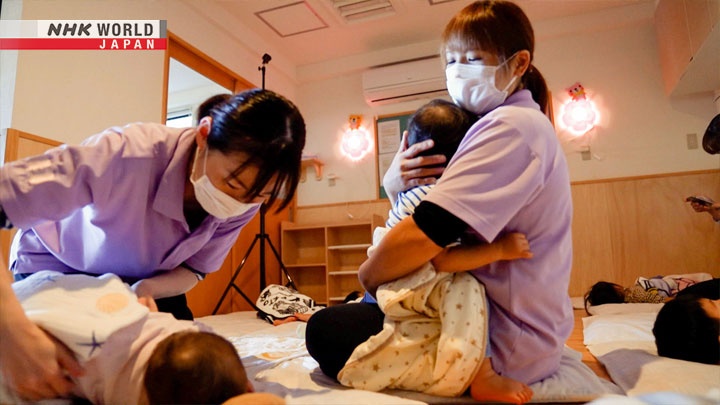
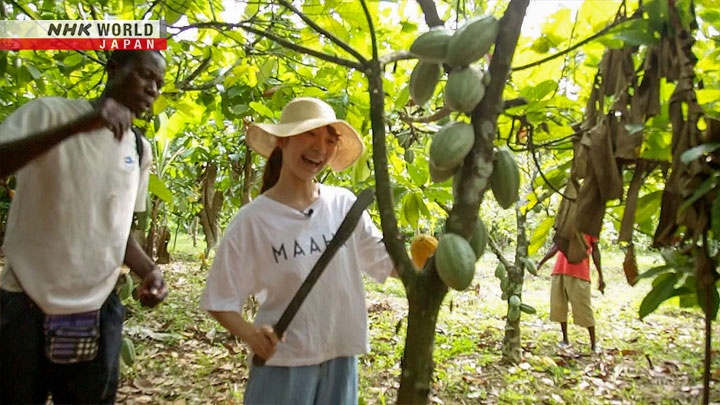
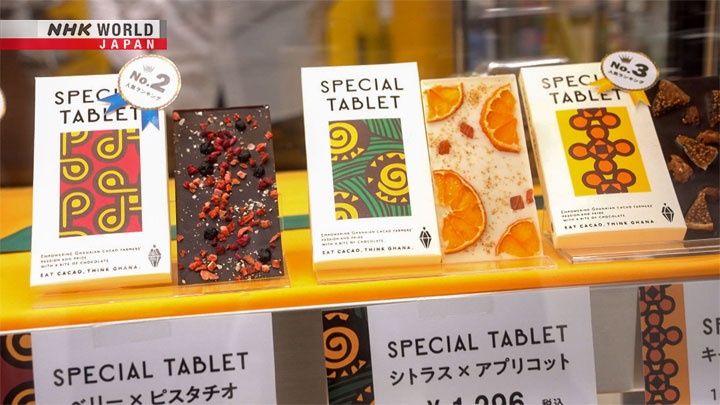
Transcript
100 Ideas to Save the World!
Hello, and welcome to the show.
My name's Ben Matsuka Williams.
This program has so far showcased a variety of ideas
to address the UN's 17 Sustainability Development Goals, or SDGs,
based on segments from past NHK WORLD-JAPAN programs.
In today's final installment, we bring you ideas 97 to 100.
The theme this time around is when working styles evolve.
Employment opportunities and a healthy working environment are important for people of all working age.
That's why organizations and companies are focusing on boosting employee's motivation and productivity.
Today, we'll take a look some intriguing ideas being put into practice in a number of different industries.
This first idea is about one sushi master's attempt to revolutionize the way the industry operates.
I personally love sushi.
And so I'm really excited to find out more.
Idea 97.
Edomae sushi.
It's a veritable showcase of traditional techniques
that have been passed down over generations by masters of the craft.
It typically takes about 10 years for aspiring chefs to complete their apprenticeship.
Many young people find this too hard and give up midway,
resulting in a dire shortage of competent sushi chefs.
Sakagami Akifumi heads a high-end sushi restaurant in Tokyo's Ginza district, and is trying to change this trend.
Young apprentices always want to
hurry through their learning.
He opened a special new shop aimed at training young chefs.
Veteran sushi chefs give the apprentices on the job training, right in front of customers.
The seafood and ingredients are the same as the main, high-end shop,
but with apprentices making the sushi, prices are a small fraction.
Uemura Samuel is a fourth-year trainee.
The veteran chefs hold nothing back in dispensing advice and guidance.
- That doesn't go there.
- Yes sir. My mistake.
Here you are.
Uemura becomes lost in conversation.
Move your hands, not your mouth.
-Don't keep the customer waiting.
-Yes sir.
I like this shop.
It gives a unique glimpse into how
young sushi chefs learn and grow.
The experience helps fourth-year apprentice Uemura appreciate the importance of kitchen work.
I've developed a strong sense of duty
to perform each task properly.
If I don't remove
every scale on this shrimp
I'll have a problem at the counter.
In addition to hard skills,
Sakagami wants them to acquire an understanding of the essence of a sushi chef.
Nine years into his apprenticeship,
Kobayashi Kodai still reflects on his weak points every day.
Balancing friendliness and distance
with guests is difficult.
Sakagami-sensei always emphasized
the need to develop as a person.
Without a modest, sincere attitude,
you can't satisfy customers.
Sushi is a key part
of Japanese food culture.
And culture is hard to transmit.
It must be handed down
firmly and correctly.
That's what mentors are for.
I was surprised to hear that it takes 10 years of training to become a professional sushi chef.
But it was really refreshing to see this new approach,
that gives young aspiring sushi chefs motivation to succeed.
Next up, two ideas about how artificial intelligence
is changing the way people work in smart, practical ways.
We'll first look at how AI monitoring systems can reduce the work load of child care workers, while also ensuring the safety of children.
After that, how the fishing industry is using AI to provide information on optimal harvesting
making work more efficient while also conserving marine resources.
Two in a row, let's jump straight in.
Idea 98.
A daycare center that takes care of infants from under 2 years old.
1 PM. The workers remain busy even during naptime.
In this nap room, a camera attached to the ceiling helps watch over the children.
It uses AI for facial recognition.
When an infant is detected lying face down...
It helps the daycare staff to watch over the sleeping infants.
The alert allows us to shift our attention
and respond almost instantly.
It's very helpful.
The system was developed by Urakami Satoru.
We wanted to support the fundamental
task of ensuring children's safety.
This could give the human staff
more time to focus on interacting with
and caring for each and every infant.
Urakami added another important feature specifically for the staff.
The system documents the head position of each child while they're sleeping.
Japanese daycares are required to document and submit these records to the government
in order to prevent accidents involving infants sleeping on their stomachs.
With the adoption of this system,
the number of personnel needed to look after the children has been greatly reduced.
The 1-and-over class hasn't adopted the system,
so a staff member must check and document manually for the full duration of naptime.
Since the one-and-under class can rely on the AI system to handle that task,
only one staff member is needed to watch over the infants.
I have many tasks and paperwork to do
while the children are sleeping.
Having this monitoring system
really helps to lighten my workload.
Reducing the burden on daycare workers goes hand in hand with a healthy future for children.
Idea 99.
There's a new tool on which young fishermen have come to rely.
An app that uses AI to identify optimal fishing locations.
This red square is mapped out by AI.
It uses AI analysis to recommend
the best spots to fish.
Japan's fisheries industry has long struggled
with an aging population of fishermen and a lack of successors.
But an innovative application was made to address these problems.
Leading the development team is Mizukami Yosuke.
As well as supporting the current lifestyles
of hardworking fisheries workers
we're preserving their future by making
those lifestyles more sustainable.
The app was inspired by a chance encounter with former fishing industry chief, Takasu Taizo.
For 20 years, Taizo kept meticulous records every day without fail.
He recorded things like the time, fishing ground, sea temperature, and types and quantities of fish caught.
They used the logbooks to train AI and make an app that predicts favorable fishing locations.
That would have been a top choice today.
Taizo's nephew Seiki has now taken the helm of his own fleet.
The young captain is supported by his veteran uncle's knowhow in the form of the app.
When I'm not sure which direction to go,
I'll open up the app.
And if it suggests east, for example,
that's where we go.
For a five-vessel fleet like this,
a single trip out to sea can incur operating costs of about 10,000 US dollars.
There's always the risk of returning to port without catching anything,
leaving them awash in losses.
But on this day the AI has guided them to the most viable spot.
For one trip, it's a plentiful catch of herring.
Mizukami's challenge doesn't stop there.
In 2020, Japan's Fisheries Act was amended to require accurate data collection on catches, volumes, and so on.
In response, the app added functionality to easily comply and submit reports.
In selected areas where the app has been adopted,
it's helping to reduce the workload on the frontlines, by cutting down on manual labor.
Mizukami's next aim is to further enhance the app with analysis of market patterns and prices,
to estimate ideal catch sizes for each day.
Being able to balance supply and demand
to perhaps limit catches
will aid the recovery of marine resources
and maintain profits in the long term.
Protecting marine resources and fishery workers' lifestyles, Mizukami's challenge continues.
I think this new era of technology is very exciting
as it automizes a lot of manual work increasing efficiency dramatically.
I wonder what other aspects of life we can apply this technology to?
And now, at last, we've come to our 100th idea!
It's about one Japanese woman's love for chocolate that took her across the world to Ghana.
Seeing the conditions in which the cacao farmers there lived,
she was compelled to launch a project to help the producers.
Idea 100.
Customers congregate at a certain corner of a department store.
What are they after?
High-grade chocolate rich in luscious cacao.
Right now, this chocolate is bringing about a big difference
in the lives of people in a certain village.
Taguchi Ai's love of chocolate has taken her across oceans
to make people's livelihoods richer.
I found poverty worse than I'd
imagined.
As someone who'd always enjoyed
delicious chocolate
it was very painful to discover I'd been
involved in such a terrible system.
Ghana is a major producer of cacao beans, the raw ingredient for chocolate.
In a village called Amanfrom, almost everyone there is a cocoa farmer.
At 19, on her first summer vacation from college,
chocolate attracted Taguchi to this village.
However...
My excitement for chocolate,
was met with very little reaction.
The villagers thought about it as a
product for rich people in the capital.
The value of cocoa beans has been kept low for many years.
That means cocoa farmers earn very little.
The villagers did not have access to good education,
and hardly anyone possessed the knowledge or technology to improve productivity.
So Taguchi began to study as much as she could about cocoa beans.
A critical process which has a major effect on the flavor of the final chocolate — fermentation.
She traveled to Japanese breweries and Indonesian cocoa farms to study fermentation techniques.
Cocoa beans must be stirred regularly
to maintain an even temperature.
That helps them all ferment evenly.
I explained this and this is what
the farmers do now.
Smells good!
Through more stringent sorting and other trial and error processes in cooperation with the farmers,
Amanfrom improved and stabilized the quality of its cocoa beans.
Profits from high-end chocolates made from these beans are returned to the farmers.
By doing so, their income has increased by 20 to 40%.
She created so many jobs to
feed so many people in Amanfrom.
My friends, my brothers.
And what's more, she's building a chocolate workshop in Amanfrom.
The aim is to provide cocoa farmers with a stable income throughout the year.
Right now, I'm only working
with Amanfrom.
But I want the model to expand
to other regions.
I'm confident we can grow as an
entity that supports cocoa farmers.
The locally made chocolate is already producing dividends.
Taguchi and the cocoa farmers are continuing their mission
to set the village on a new route to prosperity.
Over the last two years, we've covered 100 ideas, that are helping to save the world.
We hope this program has given everyone some inspiration to make changes in how we live.
Not just to improve our own lives,
but for the life of our planet and all of us who live on it together.
That's all for now, but keep your eyes and hearts open to what's around you -
Who knows? Maybe the next idea to save the world would come from you.
This has been ideas 97 to 100, of 100 Ideas to Save the World!
All segments featured are available online at NHK WORLD-JAPAN On Demand.
Thanks for watching!